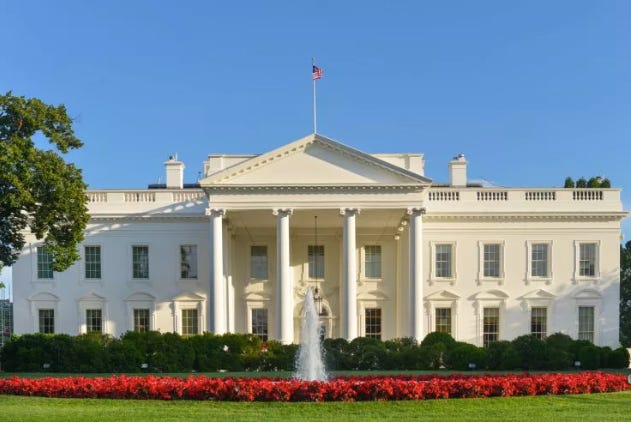AI Action Plan Is a Leap Towards Global Leadership
Today the White House unveiled its AI Action Plan, signaling a pivotal shift in how the United States manages, funds, and leads artificial intelligence innovation. At its heart, the plan embraces three imperatives: accelerating AI innovation, building American AI infrastructure, and leading globally on AI governance and security. One of the most important—and overdue—features of this framework is a commitment to curb regulatory fragmentation at the state level.
Buried in the details is a directive with teeth: federal agencies must now take into account a state’s AI regulatory environment when allocating discretionary AI funding. In other words, states that adopt duplicative, aggressive, or poorly designed AI laws could find themselves ineligible for key grants and pilot programs. This is smart policy. The federal government is finally recognizing that a patchwork of state-level AI rules isn’t just inefficient—it’s a serious threat to national innovation, competitiveness, and security.
We’ve long warned against the chaos of a fifty-state free-for-all. When researchers, startups, and engineers must comply with contradictory mandates just to test or deploy their models, it slows development, stifles investment, and drives innovation abroad. The AI Action Plan tackles this by aligning federal dollars with states that foster clear, innovation-friendly legal environments. That’s the kind of modern infrastructure policy America needs—not just roads and bridges, but regulatory infrastructure that lets emerging technologies thrive.
This is about more than streamlining bureaucracy. It’s about creating the conditions for the next generation of American-led breakthroughs. By conditioning federal support on regulatory coherence, the White House is making it clear: states that want to partner in America’s AI future must align with national priorities—not hinder them with headline-chasing restrictions.
It’s also a win for smaller players and researchers outside Silicon Valley. A consistent legal framework lowers compliance costs, reduces uncertainty, and opens the door for broader participation in federally supported AI development. This kind of clarity is essential to accelerate AI innovation—especially in areas like healthcare, education, agriculture, and national defense, where AI’s promise depends on cross-sector collaboration and secure public-private partnerships.
Just as important, the plan reflects a growing understanding that AI is strategic infrastructure. Like semiconductors, cloud computing, or spectrum allocation, it demands cohesive federal oversight. If we want to maintain technological superiority over adversaries like China, we can’t afford to let our AI ecosystem splinter into state-by-state chaos. Federal coordination—and consequences for states that stray—is a necessary guardrail.
President Trump’s AI Action Plan bolsters America’s credibility on the global stage. Countries around the world are watching how we balance innovation with accountability. A national approach that rewards responsible development, protects taxpayer-funded research, and maintains consistent standards is how the U.S. leads on AI diplomacy and security. It gives us a seat at the table in shaping international norms, rather than letting the EU or China define the rules of the road.
In short, the White House is finally putting weight behind the principle that governing AI responsibly means governing it coherently. If states want to be partners in federally supported AI projects, they must provide stable, innovation-enabling legal environments—not tripwires of red tape.
The team at Digital First Project applauds this move. It’s a practical, strategic, and long-overdue step toward reclaiming American AI leadership. By aligning our funding priorities with regulatory sanity, the Biden administration is sending a powerful message: the future of AI belongs to countries—and states—that are serious about both innovation and coordination.
We’ll continue to advocate for policies that modernize our digital governance and strengthen America’s competitive edge. The AI Action Plan isn’t the final word, but it’s a strong start.




